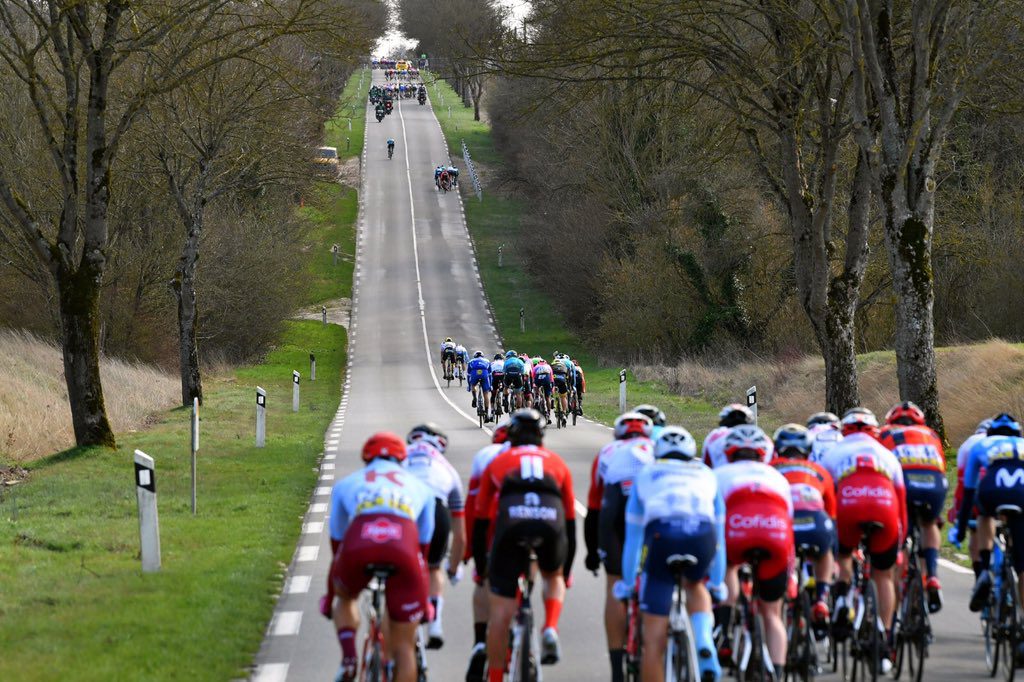Ah, pacelines, the wonderful thing we cyclists do to cut through the wind. I was once in The Netherlands, riding past a group of older Dutch men who were riding in a group. The one guy told me that essentially the Dutch invented the echelon and that they learned it by studying the way that geese flew in formation. Pretty sure it was actually based on old school infantry formations, but that’s neither here nor there.
A proper paceline can make or break your ride. If you’re in a race, either trying to stay away or catch back on, a good, tight and fluid formation can mean you ride well as a group. A bad one can screw it all up and leave riders frustrated.
One of the biggest ways to wreck a paceline? Surge. If you’re new to cycling, then it takes some practise to learn how to do a proper paceline, but it’s also pretty logical. In a single paceline, which is what you’d do in a race or fast group ride, each rider will each “take a turn” breaking the wind. You’ll follow the rider ahead of you, and when they swing off, you’ll go the same speed by giving the rider behind you some respite. Notice: the same speed. That doesn’t mean the rider ahead of you is going 40 km/h; you ramp it to 50, thereby screwing up the fluidity and pace for everyone else.
If you want to speed up, do so slowly–or simply take a longer pull than everyone else. A paceline can have riders of different fitness levels. The weakest riders can skip pulls or simply come to the front and immediately drop back.
When a SurgeAholic takes over, they will destroy the efficiency of the paceline, and more often than not, frustrate others to the point where no one will want to work. So don’t be that person.
Click Here to Read the Full Original Article at Canadian Cycling Magazine…

